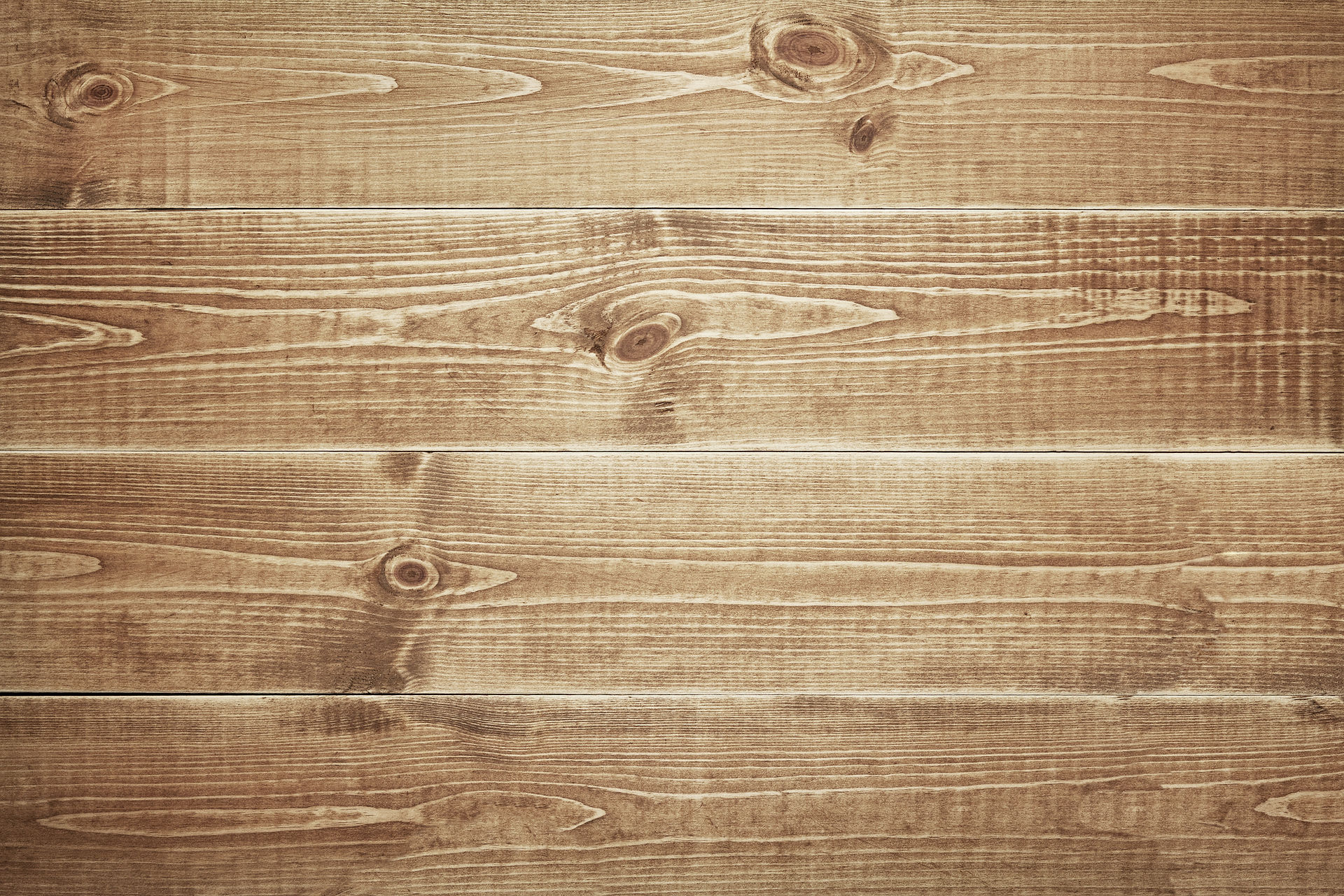Preserving Historic Architecture for Future Generations
- Information@ Millards Crossing

- Oct 27
- 3 min read
Historic buildings are more than just old structures. They tell stories of the past, showcase unique craftsmanship, and connect us to our cultural heritage. Preserving these buildings is essential to maintain the character and history of communities. This blog post explores practical ways to preserve historic buildings effectively, ensuring they remain intact and appreciated by future generations.
Key Strategies to Preserve Historic Buildings Effectively
Preserving historic buildings requires a thoughtful approach that balances maintaining original features with modern needs. Here are some essential strategies:
Regular Maintenance: Routine inspections and repairs prevent small issues from becoming major problems. Check roofs, gutters, and foundations frequently.
Use Appropriate Materials: When repairing, use materials that match the original as closely as possible. This helps maintain the building’s authenticity.
Protect from Environmental Damage: Install proper drainage systems and control humidity to prevent water damage and mold growth.
Adapt for Modern Use: Update electrical, plumbing, and heating systems carefully to meet current standards without compromising historic elements.
Engage Experts: Work with architects, historians, and preservationists who specialize in historic buildings.
For example, the Sitton Dog Trot house in Texas has been preserved using traditional wood treatments and careful restoration of its unique breezeway design. This approach respects the original construction while making the building safe and usable today.

Understanding the Importance of Historic Architecture Preservation
Historic architecture preservation is vital for cultural, educational, and economic reasons. It helps communities retain their identity and offers a tangible link to the past. Preserved buildings can also boost tourism and local pride.
One practical example is the adaptive reuse of old factories into modern apartments or community centers. This not only saves the building but also revitalizes neighborhoods. By preserving historic architecture, cities maintain their unique character and avoid the homogenization caused by new developments.
You can learn more about effective preservation techniques by exploring resources like the Sitton Dog Trot project, which showcases successful historic architecture preservation.
Is it Hard to Become a Historic Preservationist?
Becoming a historic preservationist involves a mix of education, skills, and passion. It is a specialized field that requires knowledge of history, architecture, and conservation techniques.
Educational Pathways
Bachelor’s Degree: Most preservationists start with degrees in history, architecture, or historic preservation.
Advanced Studies: Many pursue master’s degrees focusing on preservation or conservation.
Certifications: Professional certifications, such as those from the National Trust for Historic Preservation, can enhance credibility.
Skills Needed
Attention to detail
Research and documentation abilities
Knowledge of building materials and construction methods
Communication skills for working with communities and stakeholders
Challenges
Balancing preservation with modern building codes
Securing funding for projects
Navigating legal and regulatory frameworks
Despite these challenges, many find the career rewarding because it combines history, science, and community service.

Practical Tips for Community Involvement in Preservation
Communities play a crucial role in preserving historic buildings. Here are some ways to get involved:
Advocate for Local Preservation Laws: Support ordinances that protect historic sites.
Volunteer for Restoration Projects: Many organizations welcome hands-on help.
Educate Others: Host workshops or tours to raise awareness.
Fundraise: Help raise money for preservation efforts.
Document Local History: Collect stories, photos, and records related to historic buildings.
By participating, community members help ensure that preservation efforts reflect local values and needs.
Funding and Resources for Historic Building Preservation
Securing funding is often one of the biggest hurdles in preservation projects. Here are some common sources:
Grants: Many government and private organizations offer grants for preservation.
Tax Incentives: Some regions provide tax credits for restoring historic properties.
Donations and Sponsorships: Local businesses and individuals are welcome to contribute.
Partnerships: Collaborate with nonprofits, historical societies, and educational institutions.
Additionally, utilizing resources such as preservation toolkits and consulting with experts can enhance project success.
Keeping Historic Buildings Alive for Tomorrow
Preserving historic buildings is a shared responsibility that requires knowledge, care, and community support. By following best practices, engaging experts, and involving residents, we can protect these treasures for future generations to enjoy.
Whether you are a homeowner, a community leader, or simply someone who values history, your efforts can make a difference. Start by learning more about preservation techniques and supporting local initiatives. Together, we can keep the stories of the past alive through the buildings that witnessed them.





Comments